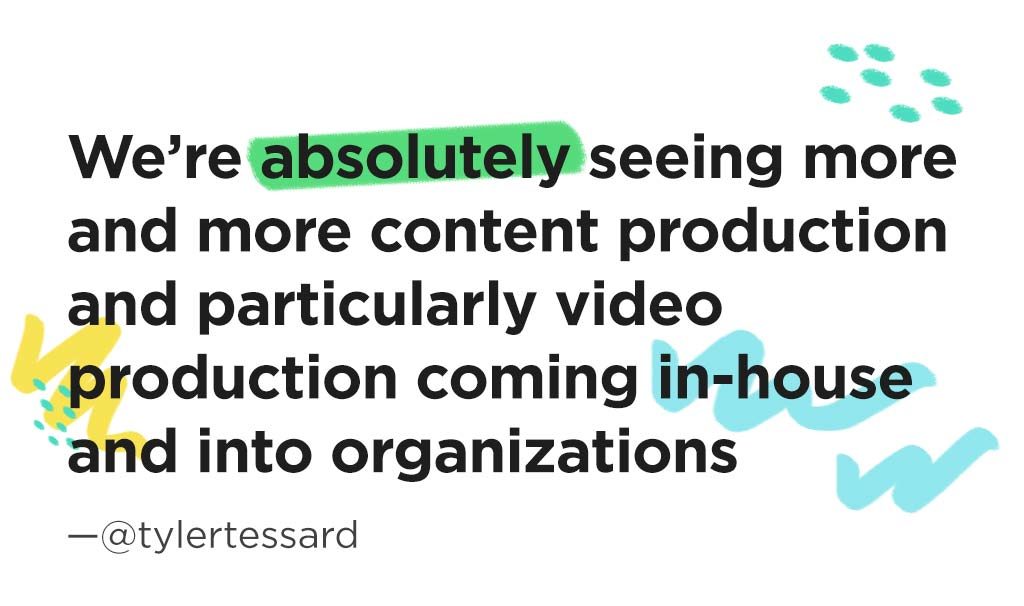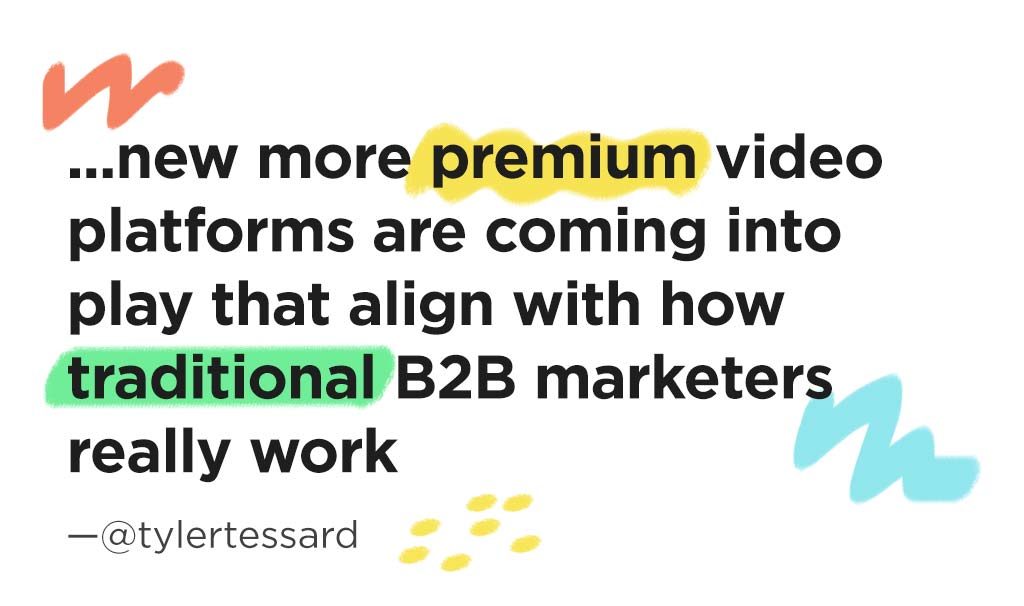Have you ever had a text message conversation that was needlessly tense? Where you wrote something, saw your friend’s little “typing” indicator come up, and then watched it drop off with no reply?
If you’re like me, you wondered, “Was it something I said? Did they take it the wrong way? Have I offended them?” The ensuing minutes can feel like hours.
This painful uncertainty is essentially what it’s like to sell via cold emails or voicemails. You’re blindly casting out messages and wondering whether your prospect understood you. Why? Because text and voice alone just never communicate enough. And, without the ability to say more, it’s pretty tough to land any sales.
Bridging the trust gap
For a sale to happen, “there has to be a trust and an emotional connection,” says Hunter Madeley, the Chief Sales Officer at Hubspot. Without that, prospects can’t be sure that a salesman won’t mislead them about the product, embarrass them in front of their boss, or take the money and run.
According to Psychology Today, there’s an easy way to establish this trust. You must demonstrate that you exhibit the 3 c’s of trustworthy people: competence, character, and caring.
Here’s how video helps you quickly check those boxes:
- Competence: Video can demonstrate your professionalism through your demeanor, your dress, and your smile. According to the scientific journal Evolution & Human Behavior, even if you only manage a friendly grin, it will make people 10% more willing to trust you.
- Character: Video lets you demonstrate your personality so that you’re more memorable. Once prospects see and hear you a few times, you’ll evolve from a stranger into an acquaintance.
- Caring: People naturally assume that videos take more effort than email, and if you’re making an effort, you’re showing that you care.
With the power of video, you can start a conversation with prospects that’s devoid of long pauses, awkward misunderstandings, and ‘…’ responses.
Here are 4 tactical applications for building trust with video:
- Use it to avoid misunderstandings: If you ever find yourself composing an email that takes you more than ten minutes to write, shut it down and record a video. If whatever you’re trying to say requires that much careful wording, it’s highly likely that something’s going to get lost in translation. It’s far better to show, not just tell, via video. This helps weed out any misunderstandings and keep the trust level high.
- Help the ‘ghost’ buyers: There’s a segment of the market that wants to buy, but doesn’t want to talk to sales. “Everybody on the planet has had unpleasant experiences with salespeople,” writes Geoffrey James, a professional sales coach, in Inc. “Many have walked away from a sales situation feeling manipulated.” These sort of prospects will avoid talking you at all cost and instead will ravenously research on your website. With video, you can reach out, help them, and establish an early rapport. Send them recordings of yourself explaining the product and suggesting places that they research. This gives them at least part of what they need without having to submit to a live call and gives you the opportunity to build up some trust.
- Reinforce conversations: We’ve all had a great call or demonstration with a client whereafter we wonder, “how much of that are they going to remember? And how effectively will they communicate this to their boss?” Don’t leave it up to chance: immediately send a follow-up video while it’s all still fresh in your mind. Highlight the most important points over again. Later in the sales cycle, when they’ve talked to competitors and they’re feeling more confused than ever about who does what, you’ll be able to defend your credibility because you’ve documented what you said.
- Show vulnerability and doubt: Just as seeming clueless can cause clients to distrust you, so can seeming too certain. “If you’re absolutely convinced the customer needs your product, the customer will sense you’re close-minded and become close-minded in return,” says Geoffrey. You can use video recordings to share your thoughts, and show that you are actually considering their perspective.
Don’t leave your prospects wondering what you meant. Start using video to show your competence, your character, and that you care to build the kind of trust that leads to sales!
The post 4 Tactical Ways Salespeople Can Build Trust with Video appeared first on Vidyard.
source http://www.vidyard.com/blog/4-tactical-ways-salespeople-can-build-trust-video/
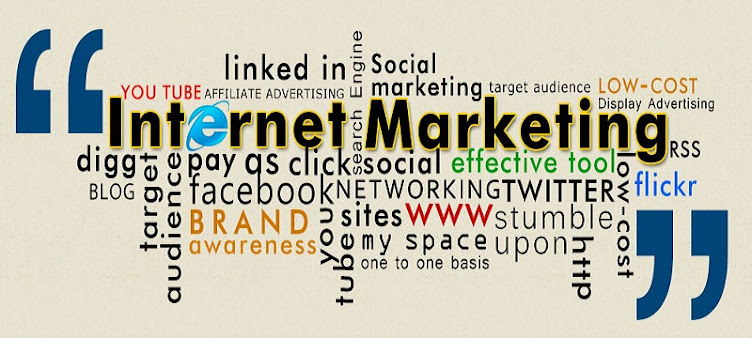
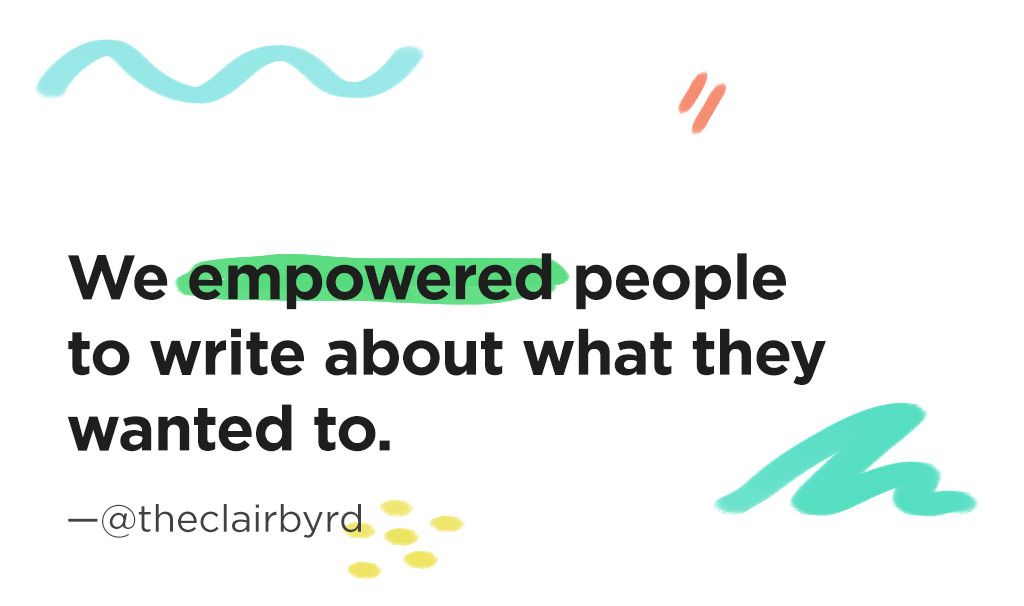
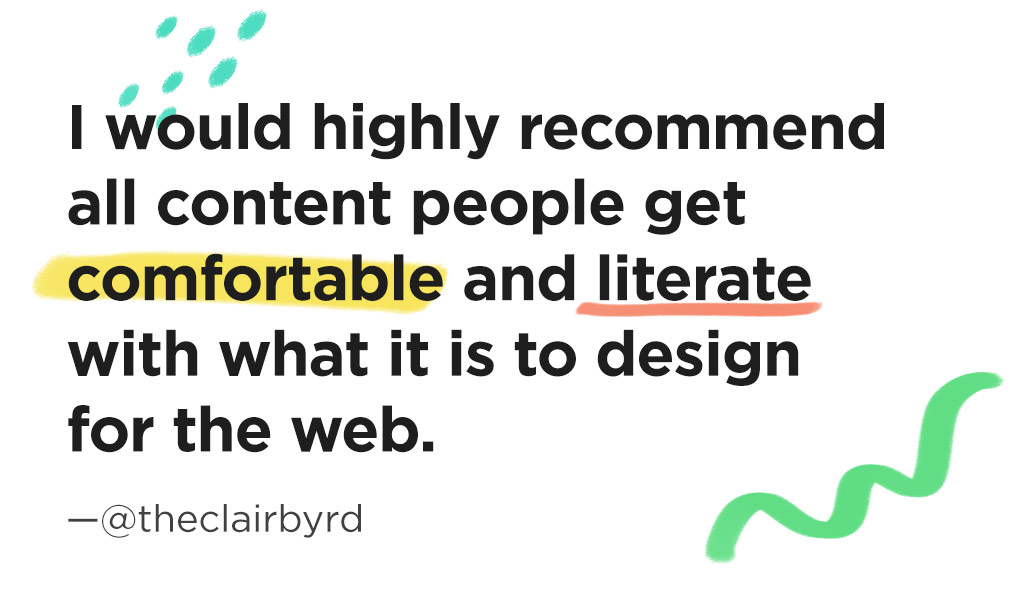
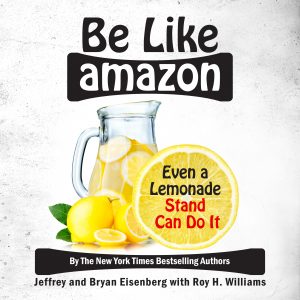 Jeffrey and I have a handful of Audible codes left for free audio book copies of
Jeffrey and I have a handful of Audible codes left for free audio book copies of 